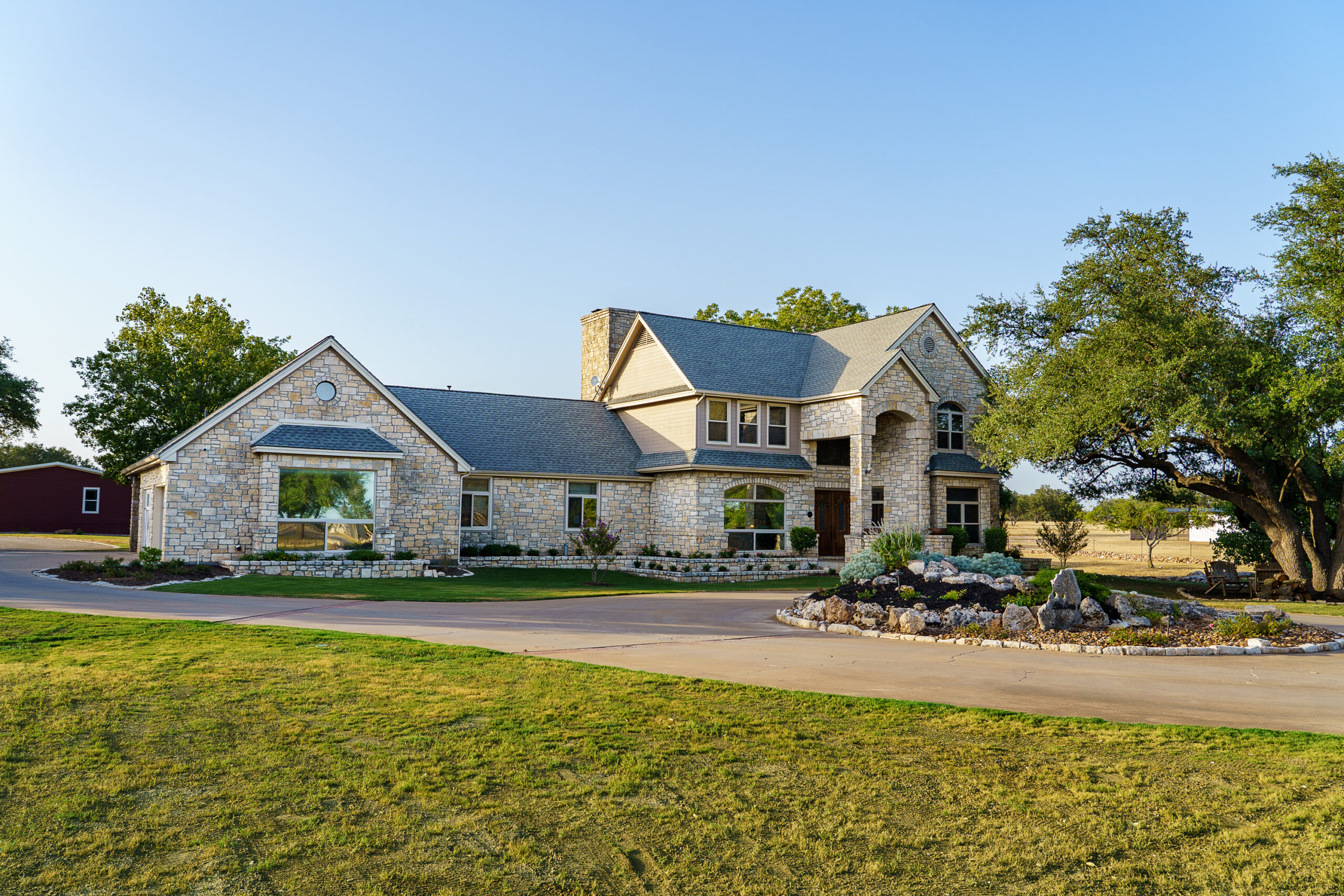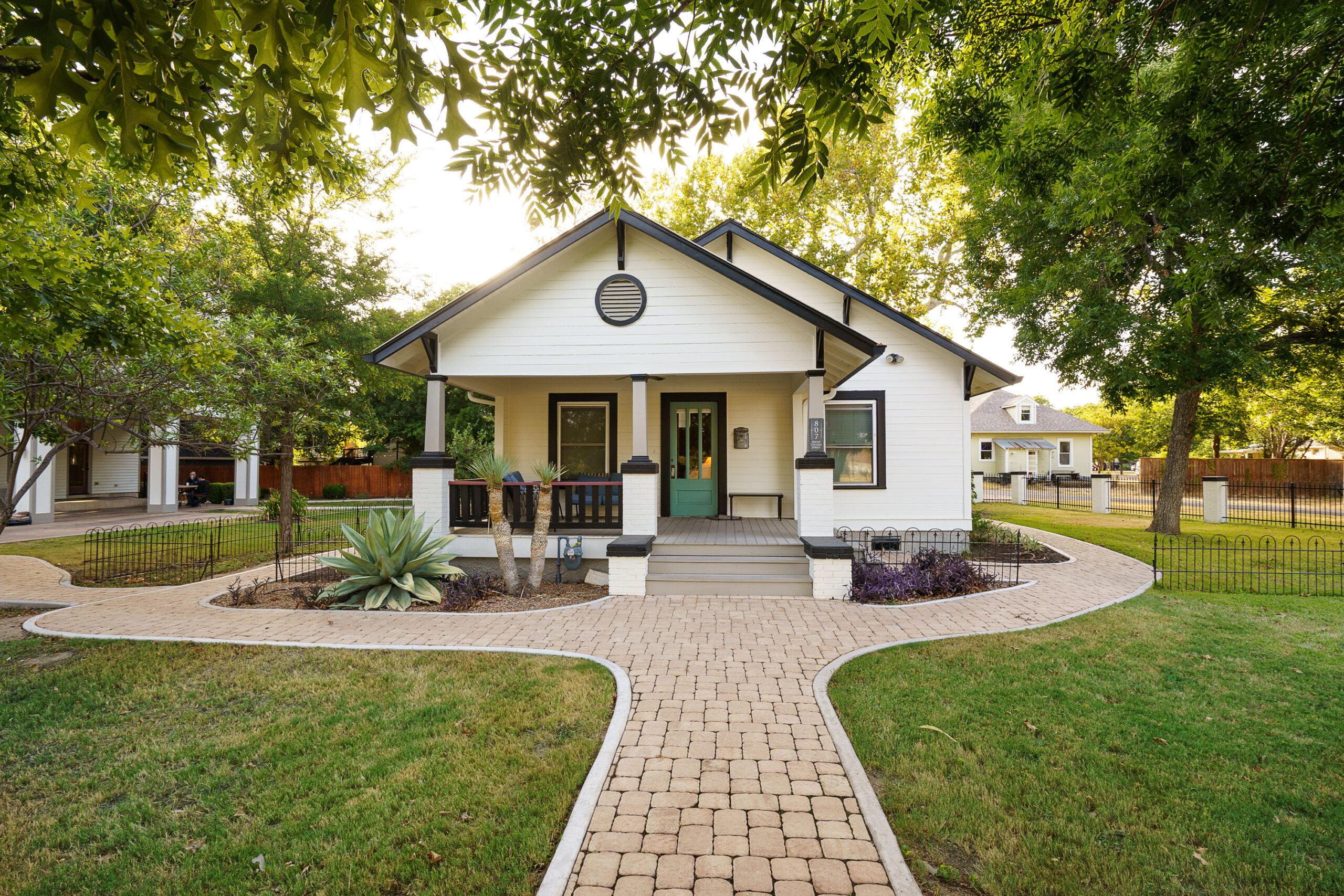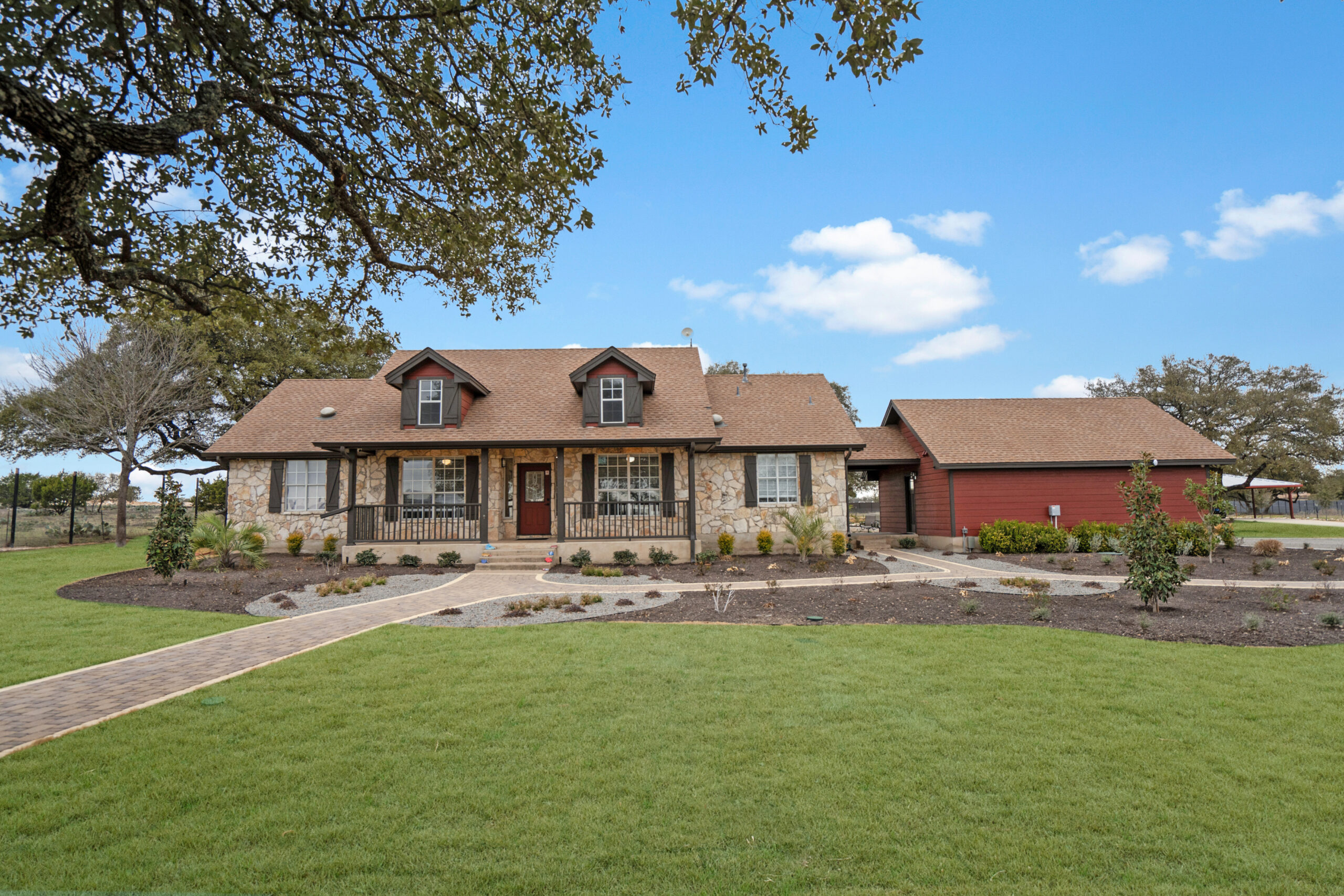Insights from Bipolar Treatment Professionals
Bipolar treatment facilities play a crucial role in addressing the complexities of bipolar disorder. As a professional with over two decades of experience in the mental health sector, I have seen firsthand the transformative power of specialized facilities. These centers offer a structured environment, combining multiple therapeutic modalities to address both acute episodes and long-term management.
Among the numerous techniques employed, cognitive-behavioral therapy (CBT) remains a cornerstone of treatment. It helps patients identify and modify negative thought patterns, providing them with tools to navigate mood swings effectively. Equally important is medication management, where psychiatrists work closely with patients to find the most effective pharmaceutical regimen.
Choosing the Right Bipolar Treatment Facility
Selecting the appropriate bipolar treatment facility is a decision that hinges on several critical factors. It’s imperative to ensure the facility offers tailored treatment plans, as no two patients experience bipolar disorder in precisely the same way. Facilities should provide comprehensive assessments to determine the specific needs of each patient.
- Individual and family therapy options
- Access to medical care and medication management
- Opportunities for family involvement and education
- Post-treatment support and follow-up care
During my career, I’ve found that facilities emphasizing a holistic approach–addressing physical, emotional, and social well-being–tend to yield the best outcomes for patients.
Cost and Insurance Considerations
The cost of treatment is a practical consideration when evaluating bipolar treatment facilities. Many centers work with insurance providers to offer accessible care, but it’s essential to verify which services are covered under your specific plan. Some facilities may also offer financial assistance or sliding scale fees for those who qualify.
It’s been my observation that early and effective intervention can mitigate long-term treatment costs by reducing the incidence of severe episodes that necessitate more intensive services. Patients and families should proactively communicate with insurance companies and treatment providers to understand all available options.
What Qualifies as a Bipolar Treatment Emergency?
A bipolar treatment emergency typically involves a rapid escalation of symptoms that poses an imminent risk to the patient or others. This could include severe manic episodes, potentially aggressive behavior, or acute suicidal ideation.
When faced with such a situation, it’s essential to seek immediate professional help. Contacting your healthcare provider or local emergency services may lead to a referral to an emergency psychiatric facility where rapid intervention can be administered. Quick response is vital to prevent harm and stabilize the patient.
- Recognize signs of escalating symptoms early
- Have a crisis plan in place, including emergency contacts
- Contact a bipolar treatment facility for urgent assessment
- Ensure a support network is ready to assist during emergencies
Many people assume that bipolar treatment facilities are all the same, offering a one-size-fits-all approach, but this couldn’t be further from the truth. Each facility is uniquely equipped with varying expertise, resources, and treatment modalities. At Alta Loma, for instance, the focus is on holistic care and individualized treatment plans, which cater to the specific needs of each patient. A common misconception is also thinking that once you enter treatment, the need for personal responsibility diminishes. However, successful treatment involves active participation from the patient, including engaging in therapy, following medical advice, and communicating openly with the treatment team.
Another misconception is that medication alone can manage all symptoms of bipolar disorder, ignoring the critical value of therapy, community support, and lifestyle changes. Education, both for patients and their families, is a crucial aspect of treatment that many underestimate. Understanding bipolar disorder and its impact not only empowers patients but also fosters a supportive environment crucial for recovery.
What should you look for when choosing a bipolar treatment facility?
Selecting a treatment facility is a deeply personal decision that should be guided by specific criteria. Firstly, look for facilities that offer comprehensive assessments to tailor treatment plans according to your unique needs. It’s vital to ensure that the facility provides access to both individual and family therapy, medication management, and opportunities for family involvement. Alta Loma emphasizes a holistic treatment model that attends to physical, emotional, and social well-being, which often results in better outcomes.
Location can also play a role; for example, some may prefer a serene environment like Alta Loma’s setting in Georgetown, Texas. Consider your logistical needs and whether you or your loved one would benefit from a more secluded setting or prefer to be closer to home. Evaluate post-treatment support options as well. Continuing care, such as that provided through supportive living or community integration initiatives, is essential for maintaining stability after the initial treatment phase.
Community support is an indispensable part of managing bipolar disorder, yet it is often overlooked. Treatment is not just about managing symptoms but also about building a life that supports long-term stability. At Alta Loma, for instance, integration into the community plays a pivotal role. Through support groups and peer-led activities, patients learn that they are not isolated in their struggles. This sense of belonging can significantly enhance mood regulation, providing a natural protective factor against relapse.
Imagine a patient named Sarah who finds herself lost after leaving a structured treatment environment. Engaging in community support activities helps Sarah to build a network of understanding peers, offering her shared experiences and practical advice to continue managing her condition successfully. Through these interactions, Sarah learns coping strategies and enjoys a sense of normalcy, which greatly contributes to her ongoing recovery.
How can costs and insurance impact your choice of bipolar treatment facility?
Cost is a critical consideration when you’re choosing a treatment facility. Many institutions, like Alta Loma, work closely with insurance providers to maximize accessibility. However, insurance policies vary widely, so it’s crucial to understand what services are covered under your specific plan. This involves communicating with both your insurer and the treatment facility to get a clear picture of your financial responsibility.
Interestingly, investing in early and effective intervention can reduce long-term costs by preventing severe episodes that require more intensive and costly interventions. Facilities often offer financial assistance or sliding scale fees for those who qualify, making it possible to access high-quality care without overwhelming financial stress. It is always advisable to ask your potential facility about any available options that could make treatment more affordable.
What constitutes a bipolar treatment emergency, and how should it be handled?
Bipolar treatment emergencies are characterized by a sudden escalation of symptoms that can endanger the patient or those around them. Symptoms might include severe manic episodes, erratic or potentially aggressive behavior, or acute suicidal thoughts. Knowing how to act in such situations can be life-saving. At Alta Loma, we emphasize the importance of having a crisis plan, which involves recognizing the early signs of an emergency and knowing who to contact for immediate help.
For example, if someone named Alex starts showing signs of escalating mania, such as extreme irritability or irrational decision-making, it’s crucial to act quickly. This might mean contacting Alex’s healthcare provider or emergency services to ensure that he receives the necessary care promptly, possibly at an emergency psychiatric facility. By having a preemptive crisis plan in place, including emergency contacts and support networks, the impact of these emergencies can be significantly mitigated. This proactive approach can prevent harm and help stabilize the situation more efficiently.







